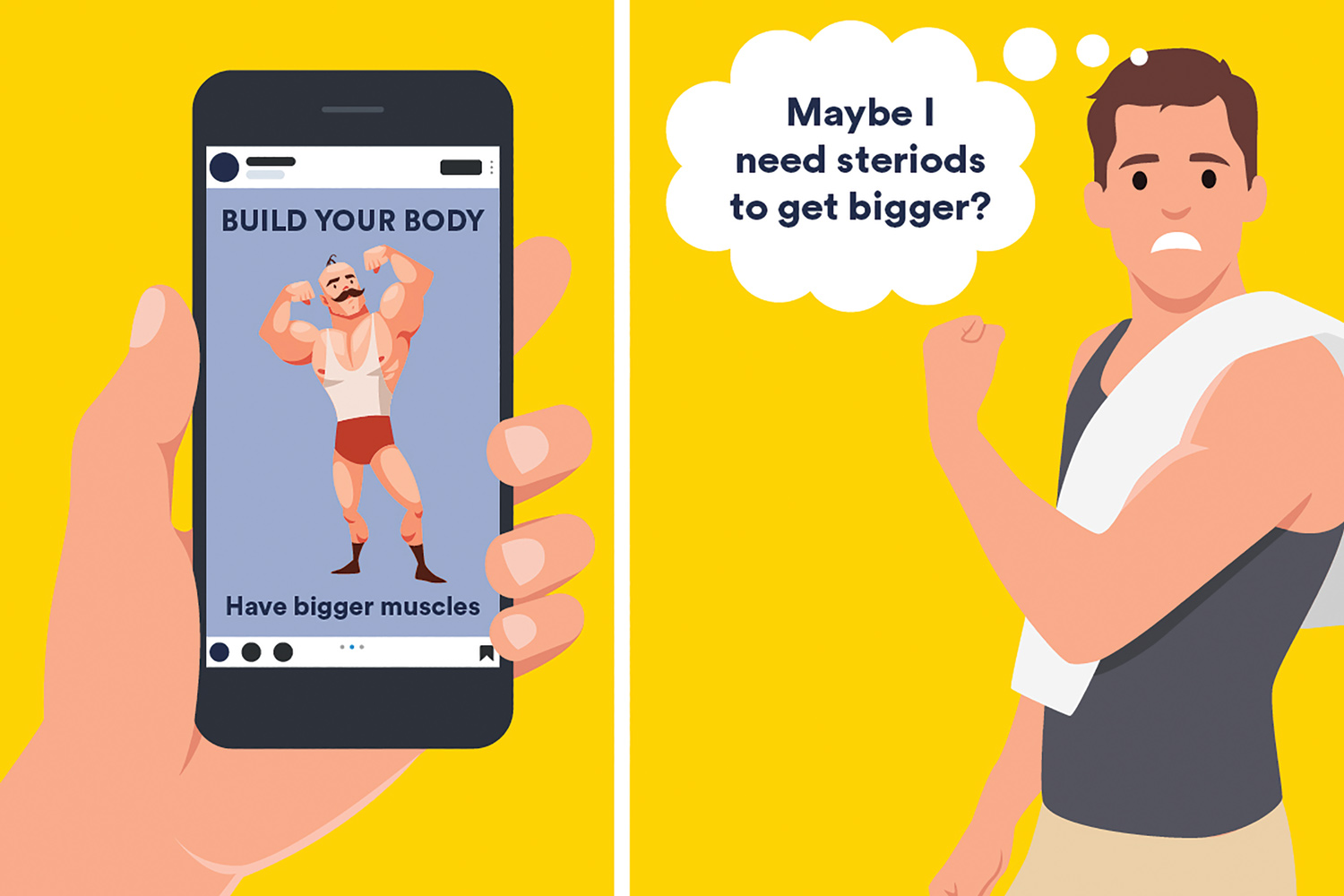 Men and teenage boys are resorting to the dangerous use of anabolic steroids to buff up to match images on social media, body image experts have warned.
Men and teenage boys are resorting to the dangerous use of anabolic steroids to buff up to match images on social media, body image experts have warned.
A new review study in Psychology of Men & Masculinities journal found that exposure to social media posts depicting ideal muscular male bodies was directly linked to a negative body image and greater odds of resorting to anabolic-androgenic steroid use.

“The ideal male body in Western society is simultaneously very lean and very muscular, with a V-shaped figure and emphasis on large arms, shoulders and chest,” said senior author Associate Professor Ivanka Prichard from Flinders University’s College of Nursing and Health Sciences.
“While previous research in this space has predominantly focused on women, recent evidence suggests that men also experience the negative effects of social media on their body image and are also engaging in risky behaviours to address their body image,”
she said.
“There is pressure on men and adolescent boys to not only meet this appearance ideal but to also be physically strong, as this is intrinsically linked to masculinity.”
Data from six electronic databases was used to compile the review with studies looking at either general social media use, appearance-related social media behaviours, or exposure to social media content.
The review looked specifically at males and broadened the outcomes to include the appearance-altering behaviours of physical activity and anabolic-androgenic steroid use to explore the relationships between social media and body image.
Among bodybuilding enthusiasts, the term ‘natty’, short for natural, symbolises a commitment to achieving fitness goals without the aid of synthetic substances such as steroids.
However, even within these communities, social media’s pervasive influence can contribute to a heightened pressure to conform to unrealistic body ideals, particularly those characterised by a lean and muscular physique.
Lead author Nepheli Beos from the College of Psychology, Education and Social Work said that time spent on social media platforms, engaging in online appearance-related behaviours, and being exposed to appearance-related social media content were linked to a negative body image and thoughts of using anabolic-androgenic steroids.
“It was clear that appearance-related social media use is related to a more negative body image and greater odds of anabolic-androgenic steroid use in men,” they said.
“We need to consider the implications of media consumption on men’s health and self-perception, so we can develop a more supportive environment where body image concerns can be addressed constructively.”

